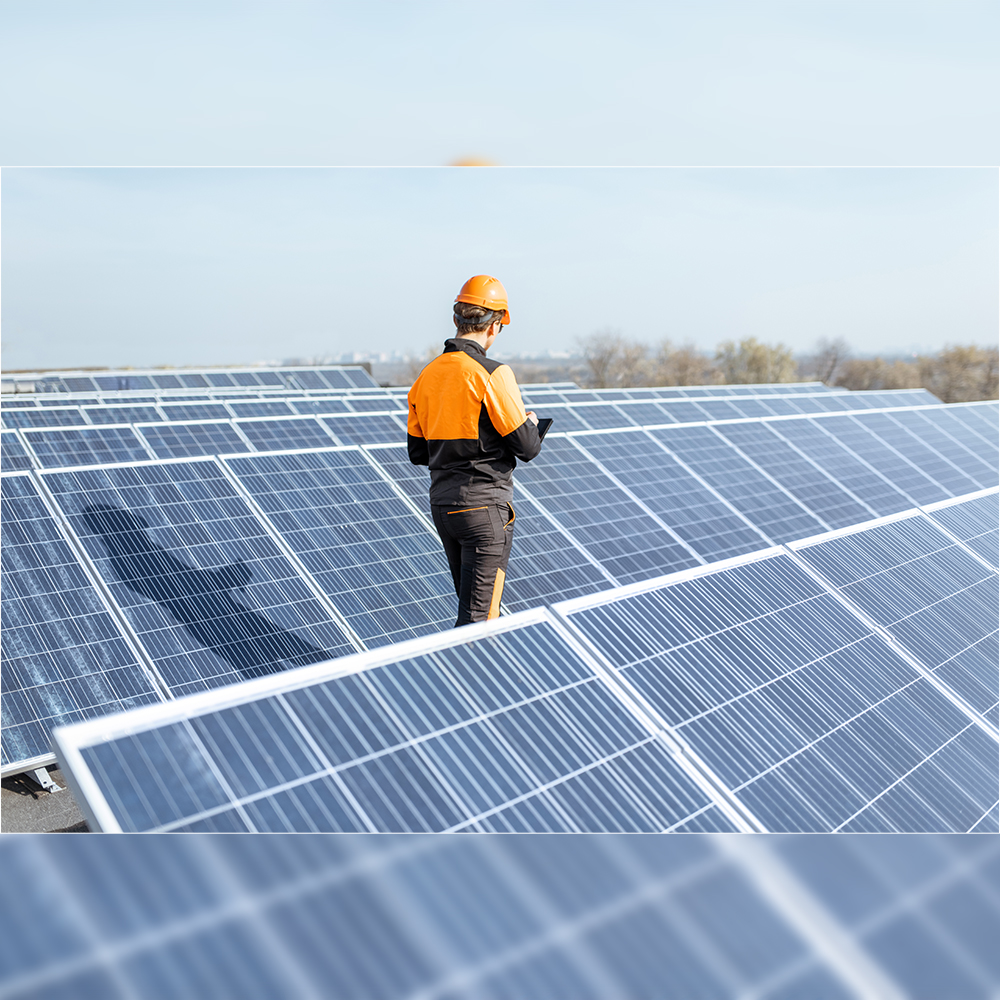
As the world increasingly turns toward renewable energy to combat climate change and reduce dependence on fossil fuels, the combination of solar and wind power has emerged as a powerful solution. By harnessing the natural forces of the sun and wind, these complementary energy sources offer a sustainable path forward. This article explores the benefits of integrating solar and wind energy, how they work together to maximize efficiency, and the future potential of this dynamic duo.
Complementary Nature of Solar and Wind Power
Solar and wind energy are both abundant, renewable resources, yet they have different strengths and weaknesses. Solar power relies on sunlight, which is only available during the day and can be limited by cloudy weather or shorter winter days. On the other hand, wind energy can be generated day or night, but it is dependent on wind patterns that may vary throughout the day and across seasons.
By combining these two energy sources, the shortcomings of one can be offset by the strengths of the other. For example, solar energy can be maximized during sunny days, while wind power can take over during the night or on overcast days when solar production is lower. This complementary relationship ensures a more consistent and reliable energy supply.
Economic Advantages
The economic benefits of integrating solar and wind energy are significant. First and foremost, these technologies have seen a dramatic reduction in costs over the past decade. Solar panels and wind turbines have become more affordable, making it easier for both individuals and large-scale energy providers to invest in renewable energy infrastructure.
Furthermore, the combination of solar and wind power can reduce energy costs over time. Once the initial investment in equipment and installation is made, the ongoing operational costs are minimal compared to traditional energy sources. This results in lower electricity bills for consumers and reduced energy costs for businesses.
The job creation potential of the renewable energy sector is another economic advantage. The growth of solar and wind energy industries has led to the creation of thousands of jobs in manufacturing, installation, maintenance, and research and development. This trend is expected to continue as the demand for renewable energy increases.
Environmental Impact
One of the most compelling reasons to embrace solar and wind energy is their positive impact on the environment. Unlike fossil fuels, which emit harmful greenhouse gases and contribute to air and water pollution, solar and wind energy are clean and produce no emissions during operation.
By reducing reliance on fossil fuels, the widespread adoption of solar and wind energy can significantly decrease carbon dioxide and other harmful emissions. This shift is crucial in the fight against climate change, as it helps to mitigate global warming and reduce the frequency of extreme weather events.
Moreover, solar and wind energy require less water for operation compared to traditional power plants, which use large amounts of water for cooling. This makes them particularly valuable in regions where water resources are scarce or under stress.
Energy Independence and Security
The ability to generate energy locally through solar and wind power also enhances energy independence and security. By reducing dependence on imported fossil fuels, countries can decrease their vulnerability to global energy market fluctuations and geopolitical tensions.
In addition, decentralized energy generation through solar panels and wind turbines can increase the resilience of the energy grid. In the event of natural disasters or other disruptions, local renewable energy sources can provide a more reliable supply of electricity, reducing the risk of blackouts and other grid failures.
Future Innovations and Potential
The future of solar and wind energy looks bright, with ongoing advancements in technology and increasing investments in renewable infrastructure. Innovations such as improved energy storage systems, more efficient solar panels, and advanced wind turbines are making these energy sources even more viable and cost-effective.
One area of particular interest is the development of hybrid solar wind systems, where both technologies are integrated into a single installation. These systems can maximize energy production by capturing both solar and wind energy simultaneously, further enhancing their efficiency and reliability.
Another promising development is the potential for floating solar panels and offshore wind farms. These innovations allow for the utilization of previously untapped resources, such as large bodies of water, and can significantly expand the capacity for renewable energy generation.
Embracing a Sustainable Future
The integration of solar and wind energy represents a decisive step toward a sustainable energy future. By harnessing the complementary strengths of these renewable resources, we can reduce our environmental impact, enhance energy security, and create economic opportunities. As technology continues to advance, the potential for solar and wind energy to transform the global energy landscape will only grow. Embracing these renewable sources today is not just an investment in cleaner energy but also in a brighter, more sustainable tomorrow.